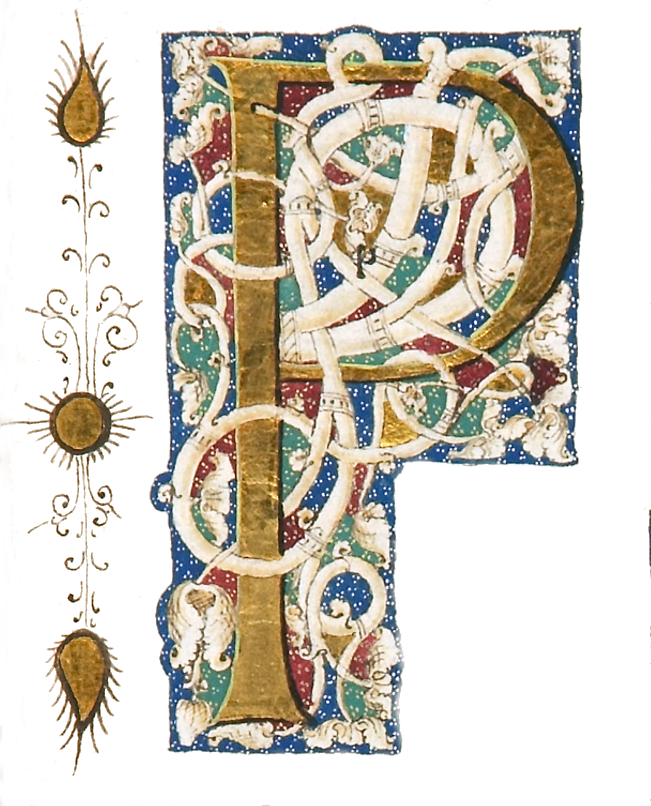1748 · London
by [SMOLLETT, TOBIAS]
London: J. Osborn, 1748. Second Edition. 170 x 98 mm. (6 3/4 x 4 3/4"). Two volumes..
Contemporary calf, covers with blind-stamped borders, raised bands, burgundy morocco label in second spine compartments, all edges sprinkled (second volume with expert repair at top of spine). Each volume with an engraved frontispiece by C. Grignion after F. Hayman. Device on title of each volume, woodcut headpieces and tailpieces. Both volumes with the engraved armorial bookplate of William Henry Ricketts to the front pastedown; second volume with an additional ink inscription "W. H. Ricketts" to the rear pastedown. The first volume with ink inscription "H, 1759" to front flyleaf, and an illegible ownership inscription to the title dated 1793. ESTC T55367. See also Day, pp. 237-28. Slight loss at three spine ends, boards scratched, joints with wear, other general signs of use, but the volumes absolutely tight, unsophisticated contemporary bindings. Internally with paper slightly yellowed and isolated minor stains, but very good.
This is a contemporary copy of the work Day calls "probably the first truly autobiographical novel in English." Our author, on whose experiences the story was based, was a man of many abilities and considerable experience. Smollett (1721-71) was at various times a surgeon, sailor, historian, critic, editor, translator, and, above all, novelist. Smollett’s skill as both a caricaturist and detail-oriented reporter are clear through the wide-ranging plot of this popular picaresque romp, which, in Day's words, "tumbles the hero through an exciting variety of episodes from the broadest farce to the most terrifying 'naturalism.'" The author's depictions of sailors and life at sea set the tone for their portrayals in generations of novels to come. This was Smollett's first novel, the book that made his name, and the work that usually conveys the author's identity on the title pages of subsequent novels, as in written "by the author of Roderick Random." Our second edition followed the first of January, 1748, by just a few months. Three settings of this edition have been identified, according to ESTC: ours is setting "a," with volume I, page 2, line 2 reading "an highland seer" and volume I, page 2, line 20 reading "fortold." This copy bears the bookplate of William Henry Ricketts, probably the barrister and Jamaican plantation owner of that name (1736-98), who, like the hero of our novel, spent much of his life crisscrossing the Atlantic, and whose son went on to a distinguished career in the navy.. (Inventory #: ST19567-186)
Contemporary calf, covers with blind-stamped borders, raised bands, burgundy morocco label in second spine compartments, all edges sprinkled (second volume with expert repair at top of spine). Each volume with an engraved frontispiece by C. Grignion after F. Hayman. Device on title of each volume, woodcut headpieces and tailpieces. Both volumes with the engraved armorial bookplate of William Henry Ricketts to the front pastedown; second volume with an additional ink inscription "W. H. Ricketts" to the rear pastedown. The first volume with ink inscription "H, 1759" to front flyleaf, and an illegible ownership inscription to the title dated 1793. ESTC T55367. See also Day, pp. 237-28. Slight loss at three spine ends, boards scratched, joints with wear, other general signs of use, but the volumes absolutely tight, unsophisticated contemporary bindings. Internally with paper slightly yellowed and isolated minor stains, but very good.
This is a contemporary copy of the work Day calls "probably the first truly autobiographical novel in English." Our author, on whose experiences the story was based, was a man of many abilities and considerable experience. Smollett (1721-71) was at various times a surgeon, sailor, historian, critic, editor, translator, and, above all, novelist. Smollett’s skill as both a caricaturist and detail-oriented reporter are clear through the wide-ranging plot of this popular picaresque romp, which, in Day's words, "tumbles the hero through an exciting variety of episodes from the broadest farce to the most terrifying 'naturalism.'" The author's depictions of sailors and life at sea set the tone for their portrayals in generations of novels to come. This was Smollett's first novel, the book that made his name, and the work that usually conveys the author's identity on the title pages of subsequent novels, as in written "by the author of Roderick Random." Our second edition followed the first of January, 1748, by just a few months. Three settings of this edition have been identified, according to ESTC: ours is setting "a," with volume I, page 2, line 2 reading "an highland seer" and volume I, page 2, line 20 reading "fortold." This copy bears the bookplate of William Henry Ricketts, probably the barrister and Jamaican plantation owner of that name (1736-98), who, like the hero of our novel, spent much of his life crisscrossing the Atlantic, and whose son went on to a distinguished career in the navy.. (Inventory #: ST19567-186)








